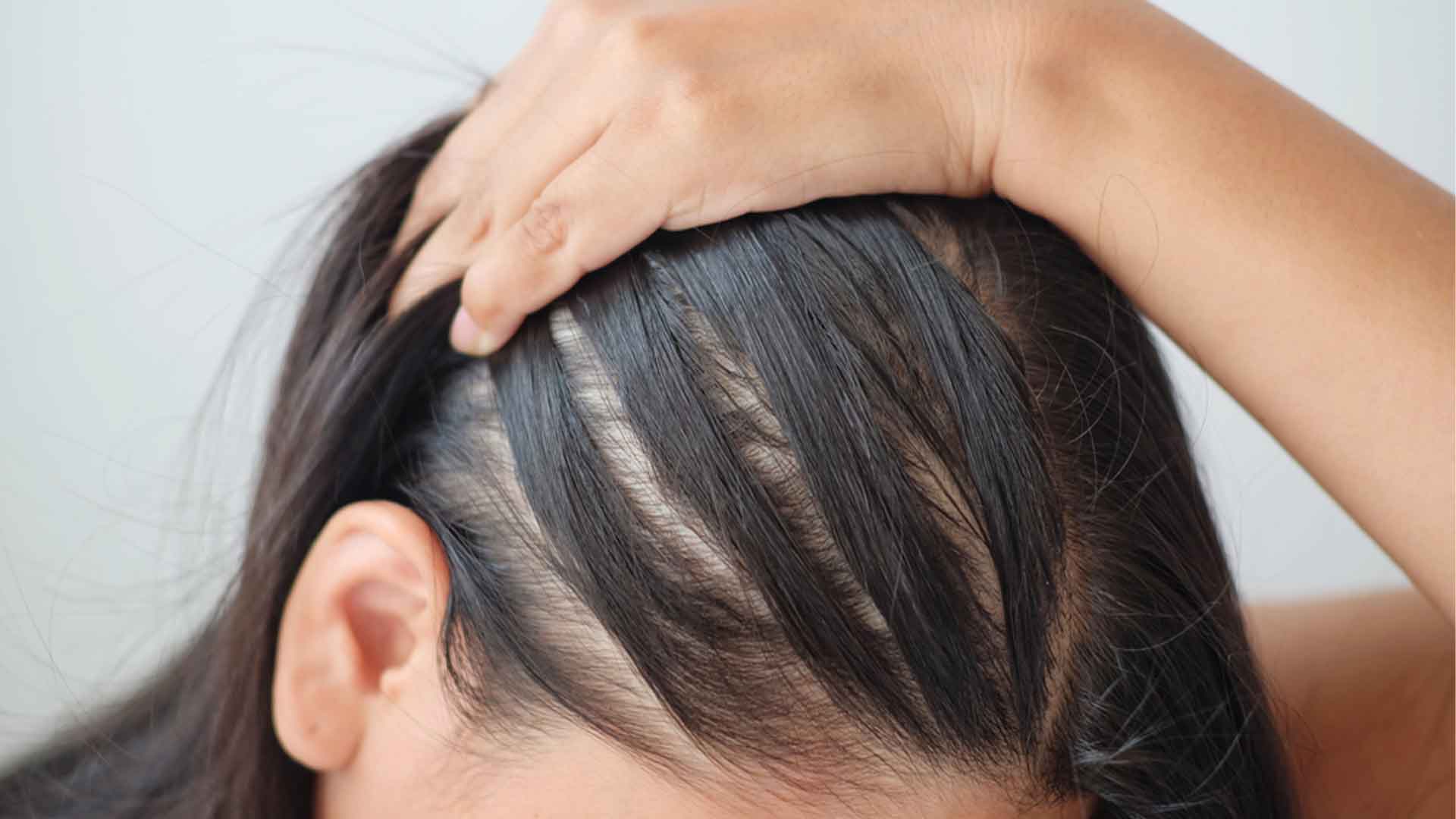
Alopecia areata is a common form of no-scarring alopecia. It affects males and females equally and has no racial predilection. It usually affects the scalp, but any hair-bearing area can be involved. It presents as patchy hair loss, loss of hair on the entire scalp (alopecia totalis), or loss of hair on the whole body (alopecia universalis). The histopathology varies according to the disease stage, but usually, a perifollicular lymphocytic infiltrate is seen. The course of the disease and response to treatment are unpredictable. Various therapeutic modalities are used, including topical, intralesional, and systemic agents, although none are curative or preventive. This blog will review the available topical and intralesional agents that are used in the treatment of alopecia areata and suggest an Adgloskin management approach based on the age of the patient and the extent of the disease.
Topical steroids are creams, ointments, lotions, or foams that are applied directly to the scalp or skin surface. The aim of topical steroids is to dampen the inflammation within the skin. There are different strengths and formulations available. Usually, a potent or very potent topical corticosteroid is needed to treat Alopecia Areata, as weaker products tend to be less effective. The formulation prescribed is important, as some preparations (e.g., ointments or creams) are often too greasy to be tolerated regularly on the scalp.
Intralesional corticosteroids: These are steroids that are injected into the affected areas just underneath the skin using a fine needle. Examples of intralesional corticosteroids are hydrocortisone acetate and triamcinolone acetonide. Intralesional corticosteroids have been shown to be more effective than topical corticosteroids for hair regrowth. When intralesional corticosteroids are effective, hair growth is usually seen at the site of injection within four to six weeks.
Systemic corticosteroids: These are steroids that are taken orally as a pill or by injection into the muscle (intramuscularly). Examples are oral prednisolone or intramuscular triamcinolone acetonide (Kenalog). Systemic corticosteroids mimic the effects of hormones your body produces naturally. When systemic corticosteroids are given in doses that exceed your body’s usual levels, they suppress the immune system, which can allow hair to re-grow. Systemic steroids are often used as a short-term measure to try to stop the hair from falling rapidly or “kick-start” the hair to regrow. Long-term systemic steroids are usually avoided as they can cause serious side effects when taken for too long.


